Nearly one-third of all of the books sold in the U.S. today are children’s books, and that number is rapidly growing.
Still, writing children’s books isn’t for everyone.
Most people don’t make their living off of writing children’s books. (There’s only one J.K. Rowling).
Perhaps you’re a parent who wants to teach valuable lessons to your children.
Maybe you’re someone who loves expressing ideas in ways that kids can understand.
If you’re interested in writing a children’s book, you’ve come to the right place. The trouble is, not everyone knows where to start.
That’s why we’ve teamed up with children’s book author and ghostwriter Chris Eboch, author of You Can Write for Children: How to Write Great Stories, Articles, and Books for Kids and Teenagers.
Keep reading to learn what Chris has to say about how to write a children’s book.
Table of Contents
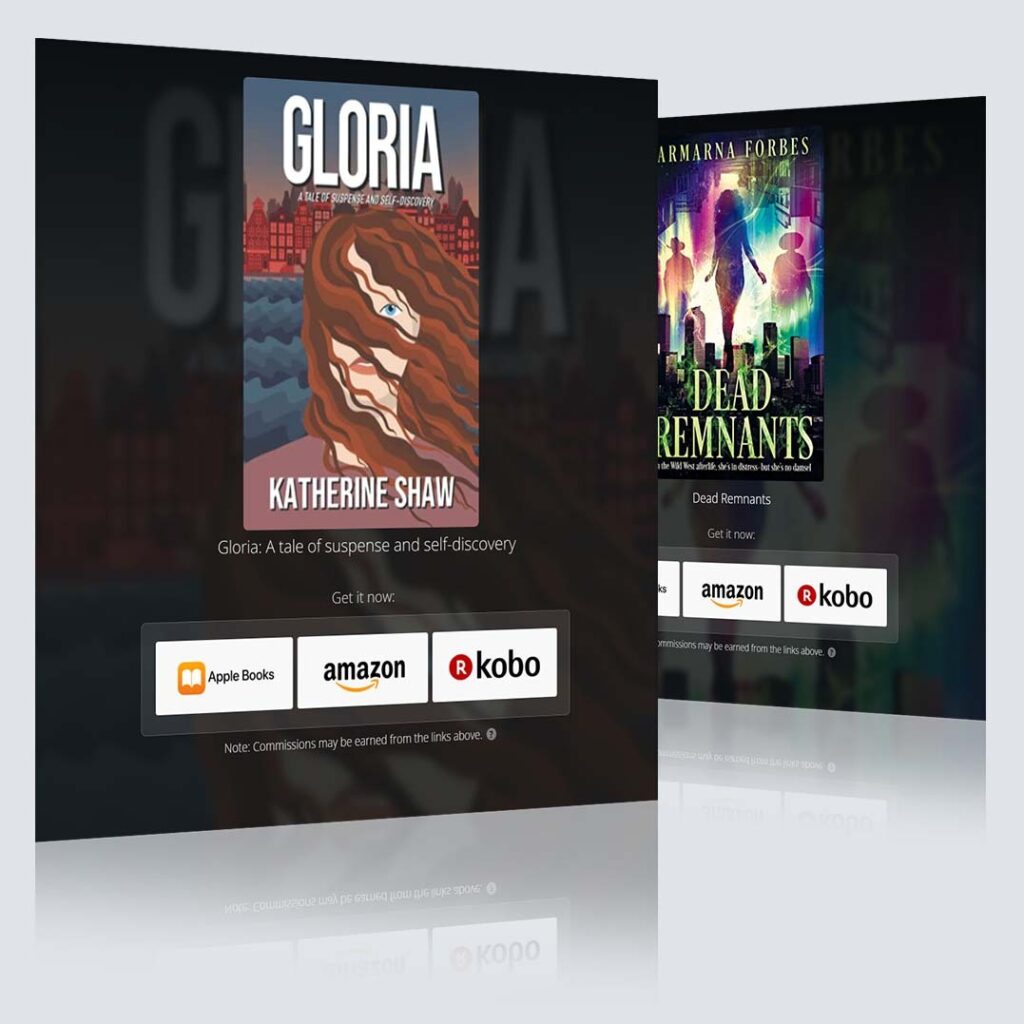
Free Universal Book Links
- Boost international sales by geotargeting readers
- Book store links update automatically based on availability
- Advanced marketing analytics
- Increase clicks with trusted links
Why Write a Children's Book?
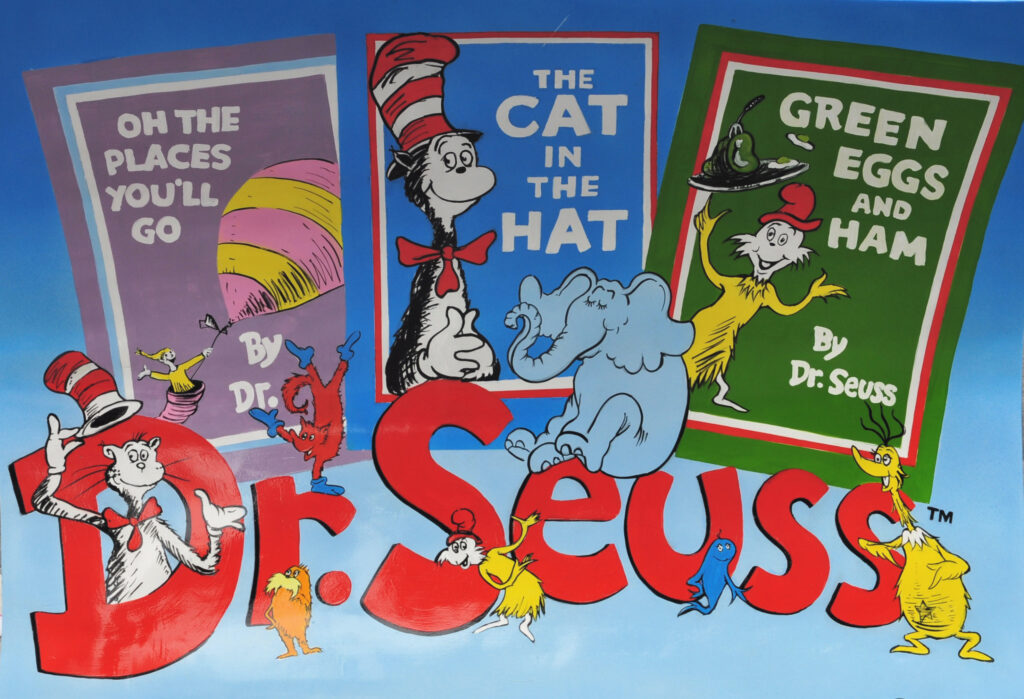
The number one reason to write a children’s book is that you enjoy reading them and you have ideas to share in a children’s book format.
Most people who write children’s books are librarians, parents, teachers, or other people who work closely with kids. That being said, anyone can write a children’s book. (I am none of those things.)
How to Write a Children's Book
You may already have ideas, but before you go too far, do some research.
Research will help you figure out what age range you want to write for and which genres interest you most.
One of the most significant steps in writing a children’s book is reading children’s books.
By reading children’s books, especially bestsellers, you can better envision how to write your own. What’s more, reading bestsellers will help you get an idea of what’s popular today.
After you’ve done your research and read your fair share of children’s books, it’s time to get started.
Let’s break down how to write a children’s book step-by-step.
In order to write a children’s book, you should:
- Pick An Idea
- Come Up With A Story
- Identify An Age Range
- Pick A Tone or Voice
- Create Loveable Characters for Kids
- Write A Draft
- Find An Illustrator (but ONLY if you intend to self-publish)
- Edit
Keep following along as we break down each step in the how-to process below.
Pick an Idea
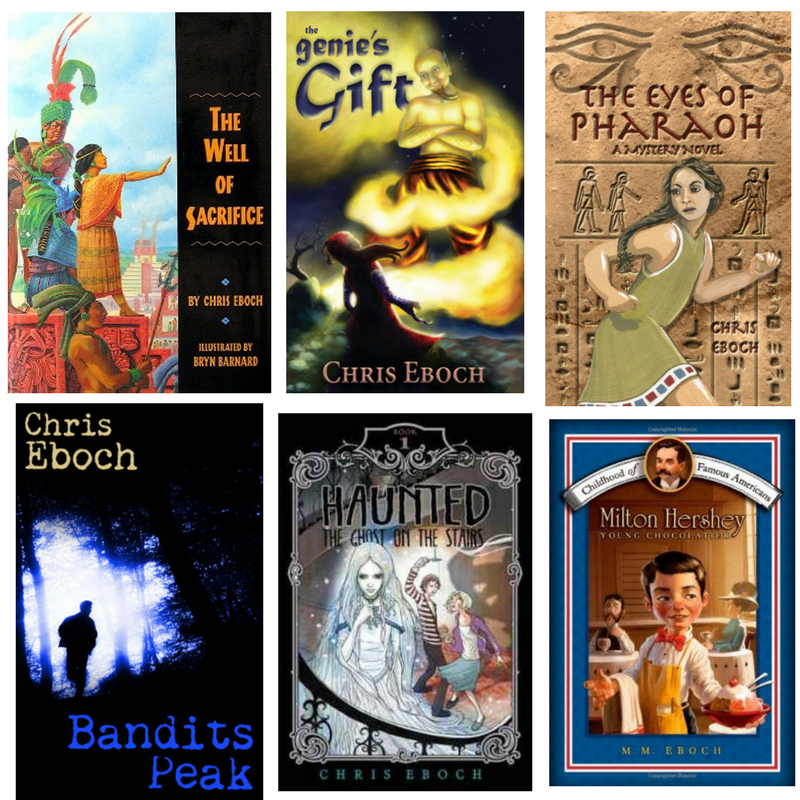
When it comes to picking a topic for your children’s book, there’s a wide range of topics to choose from. Children’s books can be light and cheerful, or they can be somber and serious.
Don’t forget to consider your target audience. Kids can handle serious topics, but age range matters. A serious topic for teenagers should be written differently than a serious topic for elementary school kids.
Speaking of range, a children’s book can be nonfiction or any type of fiction, such as historical fiction, science fiction, fantasy, and so on.
Think about topics your target audience is interested in reading. This is where knowing kids helps, but check out bookstores and libraries too, and find recent books–published within the last five years.
Then decide on a topic that you’re interested in from there. If you find a story you’re excited to write and it’s something kids of a particular age would like and there’s a market for it, then you’ve got a fantastic idea!
Another good rule of thumb is to stay away from topics that are overdone.
There are hundreds of bedtime stories and first-day-of-school stories.
Why is your story different from the rest?
What makes it stand out?
If you write about a fairly popular topic, make sure you bring something unique about that story to the shelves.
On the other hand, if you’re going to write a children’s book about something that’s never been written about before, really consider the question:
Is there a reason it hasn’t been attempted, or did you truly discover a hole in the market?
If you believe there is a hole, how big is that hole?
Large publishers will want a book that can sell 20,000 copies.
If you found a small niche, your book might not interest big publishers.
However, you might still find a small publisher with interest in that topic, or you might have success with self-publishing if you know how to reach your target audience directly.
It can be helpful to choose a topic that you have a personal connection to.
Let’s say you’re writing a story about a ballet dancer and you know something about ballet from personal experience.
This background knowledge can help your book come to life in a more organic way.
One factor that might influence your topic of choice is the publication route you decide to take. Traditional publishers want to publish authentic, lived experiences when it comes to aspects such as race, gender identity, and mental or physical challenges.
If you’re writing about a main character with a disability, traditional publishers prefer the story to come from someone who lived through the experience themselves.
Self-publishing is more flexible because you’re the one who gets to decide what gets published. Remember to do your research and be sensitive to what you’re publishing if you haven’t lived the experience yourself.
Come Up With a Story
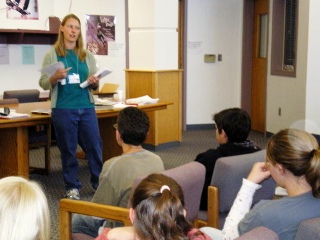
A great way to brainstorm children’s story ideas is to draw on experiences from your own childhood or that of your children or grandchildren.
That being said, simply writing something exactly as it happened rarely makes for a successful story.
In other words, draw an interesting premise from real life, and take it in a new direction from there.
Ask yourself how you can make the real-life story more interesting: can you put it in a more interesting setting? Can you make the characters unique? Can you add drama?
Most significantly, the children should be the main focus of the story.
Oftentimes, beginning children’s writers create a premise where a child gets in trouble and an adult comes to the rescue. This is an example of what not to do.
Young people are inspired by seeing kids like them tackle problems and succeed. Adults can help, but keep the child in charge. Think about all those stories you read. How much trouble did the main character get into? What did they do to solve their own problems? Make sure your child main character is the hero of your story!
In a lot of ways, writing for children is the same as writing for adults. You want to grab the reader’s attention right away with an interesting premise and a cool character. You want to keep that attention by having a fast-paced story that is exciting, funny, inspiring, or all of those things and more. You want a satisfying ending.
On the other hand, a major difference between adult books and children’s books is the length. For instance, picture books are often tasked with telling an interesting story in under 300 words. You still need that cool character and exciting plot!
It’s a challenge, but it has the benefit of keeping the story moving quickly, which is important when children have so many demands for their attention.
It’s important to learn what the appropriate word count is for your target audience. Make sure that you can tell the story within that word count in a way that will maintain the interest of your chosen audience.
Identify an Age Range For Your Book
In order to identify an age range for your book, start by thinking about your ideal young reader. Picture who this book is for.
How old is that reader?
Once you have an idea in mind, go to the library, study books for children of that age, and make sure your idea is a good fit.
An important fact to keep in mind is that the children’s book industry uses certain terms, and you need to know them.
This is important if you are seeking a traditional publisher for your book.
Your cover letter should describe the age range using the standard industry language.
It’s also important to know the correct terms once you start marketing your book.
For example, you’ll need to know if your book constitutes a:
- Picture Book
- Early Reader/Beginning Reader/Chapter Book
- Middle Grade Novel
- Young Adult Novel
Let’s briefly define each example.
A picture book is generally for the youngest age group of children.
Typically, a picture book will have at least 12 or more unique illustrations. Most picture books are under 500 words.
Longer picture books tend to be targeted at elementary school students. Many of them can be biographies or other nonfiction.
You may also see longer traditional fairy tales, although these are hard to sell.
Early reader books, which may also be called beginning readers or chapter books, are for children who are learning to read.
They include short sentences and simple vocabularies and range from about 100 words to a few thousand words depending on the reading level.
It’s very important to know the requirements for each reading level with these. Some publishers specialize in these books, while others don’t publish them at all.
It’s a challenging market for self-publishing, because most early readers are sold to schools or libraries.
Middle grade novels are directed at children between ages 9 and 14. They generally range from 25,000 to 50,000 words. These novels can have all the drama that an adult novel would have, but they stick to themes and interests for pre-teens and young teenagers.
Young adult novels are generally for ages 12 to 18, although they may be targeted at ages 12 to 15 or 14 to 18.
Young adult novels are also popular with adult readers.
The plot and themes may be very like an adult novel, but the main character is a teenager and should act and think like one even if they have unusual challenges like saving the world.
Picking a Tone or Voice
Once you’ve settled on a target audience, it’s important to consider the vocabulary that you use. Use words that your target audience will be able to understand.
An interesting fact about writing for children is that when writing for the youngest age group, you can actually use higher vocabulary because they don’t have to read it themselves.
They should still understand the language, but if the book is intended to be read aloud by an adult, you don’t have to keep the vocabulary as simple as you would for an early reader.
For novels, it’s great to use an occasional unfamiliar word, because that’s how kids learn. However, children may give up if they stumble over several unfamiliar words on every page. You want them to enjoy the story!
Fun literary devices like rhyming and alliteration can work well in young children’s books. You can also write a verse novel for middle-grade kids or teenagers.
Poetry is challenging, however. Focus on writing a great story first, and then decide if you can successfully rhyme or use another poetry form. Avoid singsong rhymes or poetry that looks like a copy of Dr. Seuss.
You might need an expert poet to take a look at your work if you decide to go that route.
Repetition is another great literary device for younger kids. This can be fun for kids once they pick on the repeated phrase. Try to use repeated phrases kids can say aloud with the adult reading the story.
There are plenty of ways to get creative with the tone and voice of your story. Just make sure your decision makes sense for your target audience.
Create Loveable Characters for Kids
As we mentioned previously, the main characters of your children’s book are going to be children. (There are always a few exceptions, of course.)
When creating a loveable character for kids, the main character should be realistic.
The main character of your children’s book should be somebody that reminds the reader of someone they know from school or someone they’d like to meet–or maybe even themselves.
Loveable characters shouldn’t be perfect because (you guessed it), nobody’s perfect!
Kids want to relate to the character they’re reading about, and it’s hard to relate to a child who’s always perfect and doing the right thing.
At the same time, the main character should be someone that kids can like and admire. It’s important to strike a balance between relatable and unique or heroic.
Kids like to read about kids their own age or a little bit older. If you’re writing a middle-grade novel, your target audience will be between 9 and 12 years old, and your main character should be between 12 and 14.
When creating secondary characters, try not to fall into the stereotype trap.
Not all grandmothers have white hair!
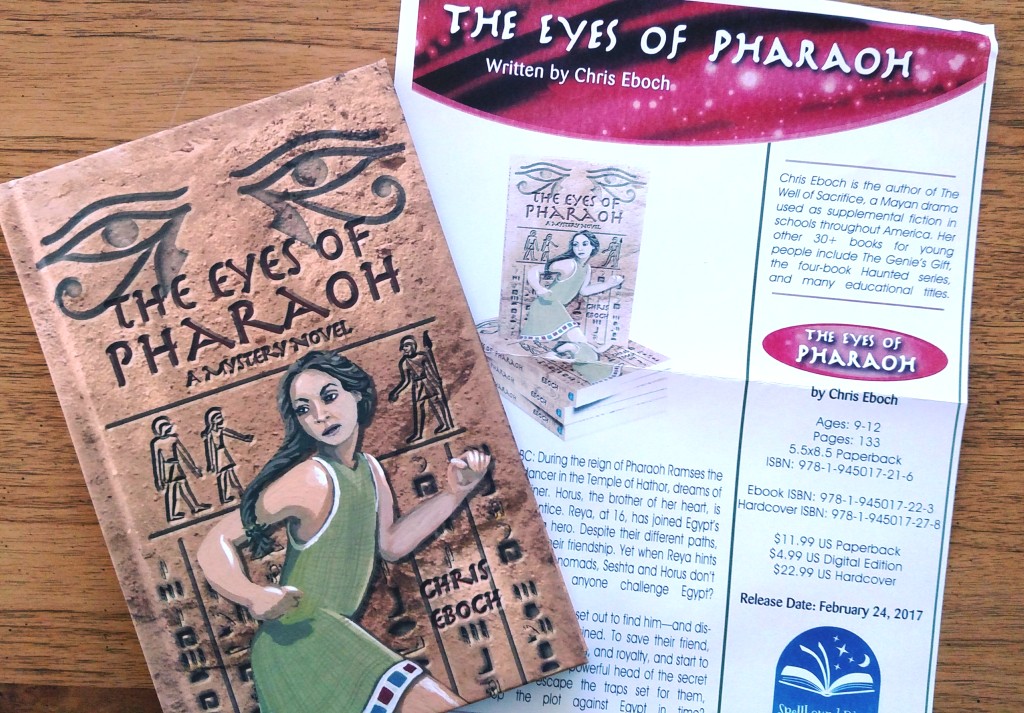
Write a Draft
Once you’ve got a clear idea in mind of what kind of children’s book you’re going to write, it’s time to write a draft.
Every author is different when it comes to writing. Some people like to plan out the story first with an outline or storyboard, and other people like to just write and see where the story goes.
If you’re someone who prefers the latter, you’re probably going to need to edit more later! That’s fine. You can do whatever works for you.
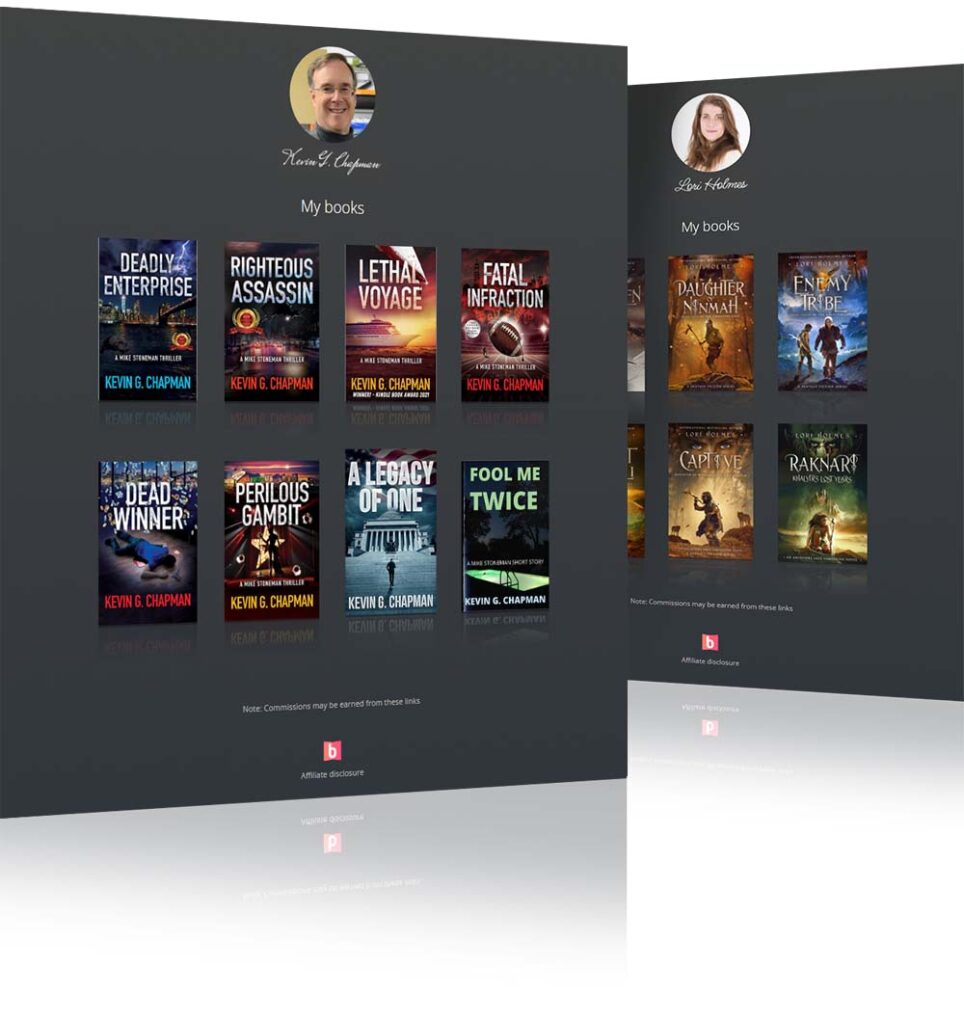
Introducing:
Booklinker Collections
One landing page for all your books. 100% free.
One link for easy sharing of your books across your backmatter, websites, emails, and social media.
How to Edit Children's Books
Children’s book writers can learn a lot by editing their own work. Read some books on writing, take some workshops, and study published books.
Then use what you learn to edit your own work! (My book mentioned above has a full chapter on editing techniques.)
If you simply want to preserve family stories for future generations, you can stop there. If you hope to publish for a wider audience, you likely need more feedback.
It can be fun to get feedback from family and friends, but don’t rely on their feedback alone. They may love what you’ve written, but that doesn’t mean that it’s marketable.
Or they may not like or even understand what you’ve written, because they haven’t read a children’s book in decades. Neither kind of feedback is helpful.
Get feedback from teachers or librarians or people who are in the publishing industry.
If you plan to submit to traditional publishers, you will be competing against thousands of other manuscripts they receive each year.
They may publish fewer than a hundred of them. If you self publish, you’re competing against millions of other books when you try to promote yours!
Before you hire an illustrator or spend money on marketing, make sure the book is the best it can be.
Critique group members can help you learn the craft of writing. They can support you as you deal with the tough business side of things. They can become good friends.
Some critique groups are harmful though. Make sure your group is emotionally supportive while also offering competent, detailed advice.
If you can’t find a group like that, you might be better off hiring an editor.
Actually, many people who have critique groups still hire a professional for feedback once they’ve done what they can on their own and with their critique group’s help.
Hire an editor who is experienced in the business. This could be a published author or a former book editor who is now a freelancer.
If you’re looking for feedback from people who are knowledgeable in the children’s book department, check out The Society of Children’s Book Writers and Illustrators. This international organization is a great resource for finding and connecting with other children’s book authors for feedback and the like.
Getting feedback from kids is a great idea, too. The only downside is that kids might not want to criticize what you’ve written.
If you’re getting feedback from a child, ask them to mark down where they were bored, where they got confused, or where they thought the story was not realistic.
By doing that, you give them permission to give you the kind of feedback you’re looking for.
Illustrations for a Children's Book
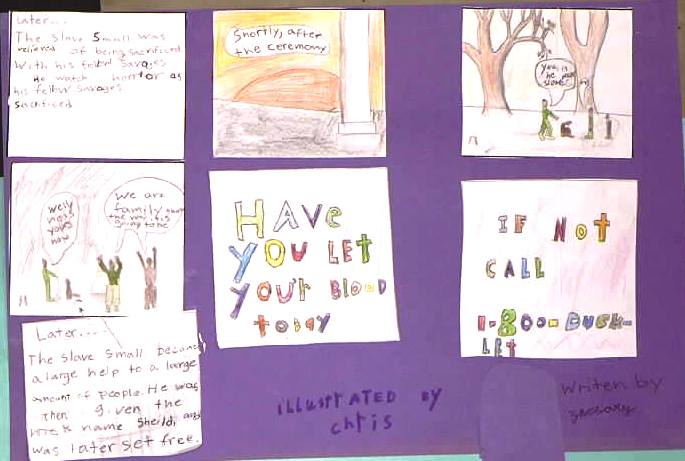
For novels, illustrations are typically only used for cover art. Early readers may have black-and-white drawings every chapter or every couple of pages. However, for picture books, illustrations are key.
A picture book should be greater than the sum of its parts.
The combination of words and illustrations together are what makes a picture book a picture book!
Young children are usually not the strongest readers. The artwork gives them something to look at, as well as a way to relate to the words they’re reading or hearing read aloud.
Pictures can even give kids clues to the words and help them learn to read. Professional illustrations are the way to go if you want to create a successful picture book.
Traditional publishers almost always choose their own illustrators.
If you find your own illustrator for your book, you will have a much harder time selling it to traditional publishers. If you want to seek traditional publication, simply write your manuscript and a query letter.
Then look for agents who represent picture book writers or publishers that accept unagented manuscripts.
Please note that traditional publishers will not ask you for money!
They pay you (or sometimes pay royalties only, after publication). Very rarely a legitimate publisher will work on a hybrid model that asks the writer to pay some costs.
However, in general it’s a big danger sign if a publisher asks you for any money for any part of the process.
That company is most likely not a “real” publisher but rather a vanity press or a company that helps people self publish.
If you do decide to self-publish, you’ll have to find an illustrator yourself. The Society of Children’s Book Writers and Illustrators is a great place to search for your own illustrator.
LinkedIn is another great place to connect with illustrators. Be sure to work under a contract that sets deadlines and what rights you receive for your payments.
What format will the illustrator provide?
Will they do the layout for the book or send individual pieces of digital artwork?
Ask lots of questions.
Should You Copyright a Children's Book?
If you are submitting to traditional publishers, you don’t need to copyright the manuscript first. They should copyright it on your behalf. It’s a good idea to copyright any book you intend to self publish.
But watch out for contracts that give the copyright to a company! That’s a sign of a company trying to take advantage of you. The exception is a work for hire manuscript, where the publisher hires writers to do specific work. But that’s a whole other field!
Frequently Asked Questions
How do Traditionally Published vs Self Published Children's Books Differ
Traditional publishers love stories that come from personal, lived experiences.
If you decide to go the traditional publishing route, remember to submit your manuscript without an illustrator attached.
Traditional publishers like to use their own illustrators, and you’ll have an easier time selling your book.
On the other hand, self-publishing comes with more freedom as well as more work. You don’t have to worry about whether or not your children’s story was a lived experience or not.
That being said, more research is required to make sure the experience you wrote about sounds authentic.
In addition, self-publishing frees you to choose your own illustrator, but you’ll have to find one yourself.
What should authors know about their different options for self publishing a children's book?
A traditional publisher will pay the author and illustrator for their work. The publisher will design, produce, and market the book.
The downside is, it’s extremely hard to get a traditional book deal. Many publishing companies only take submissions through agents.
Most agents get hundreds of submissions every week. It can take years to find an agent who then has to find a publisher.
If they do like your manuscript, they might ask for major changes in the story. They will also expect the author to do promotion.
Self-publishing gives the author full control. The author also has to do all the work and pay all the expenses.
It can cost thousands of dollars to produce a high quality illustrated picture book. Many self-publishing authors never make that money back in sales. It’s also harder to sell self published books to schools and libraries.
Be careful about paying a company to publish your book. You can do it all yourself. A good option is to hire individuals such as an editor, an illustrator, and a book designer, rather than a complete service. Many of those companies will probably charge you much more for poorer quality.
There’s no one simple answer for the right path. You have to decide which is best for you. And the answer might be writing stories for fun and just making copies for your family.
That’s fine too!
Conclusion
Now that you’ve read this guide, you know the step-by-step process for writing a children’s book.
If you’d like to learn more about any of the topics mentioned in this article, such as book marketing, click on the available links.
Let us know in the comments about your experience writing children’s books!

Introducing:
Booklinker Collections
One landing page for all your books. 100% free.
One link for easy sharing of your books across your backmatter, websites, emails, and social media.
Author
-
Chris Eboch is the author of over 100 books for children, including nonfiction and fiction, early reader through teen. Her book You Can Write for Children: How to Write Great Stories, Articles, and Books for Kids and Teenagers, teaches the craft of writing great children's literature. Chris also writes mystery, suspense, and romance novels for adults as Kris Bock. Her brother, scriptwriter Douglas J Eboch, wrote the original screenplay for the movie Sweet Home Alabama. Together the siblings write the Felony Melanie series, which follows the crazy antics of Melanie, Jake, and their friends a decade before the events of the movie. Chris lives in New Mexico. Learn more at her website or her Amazon page, or check out her writing tips at her Write Like a Pro! blog.
https://chriseboch.com

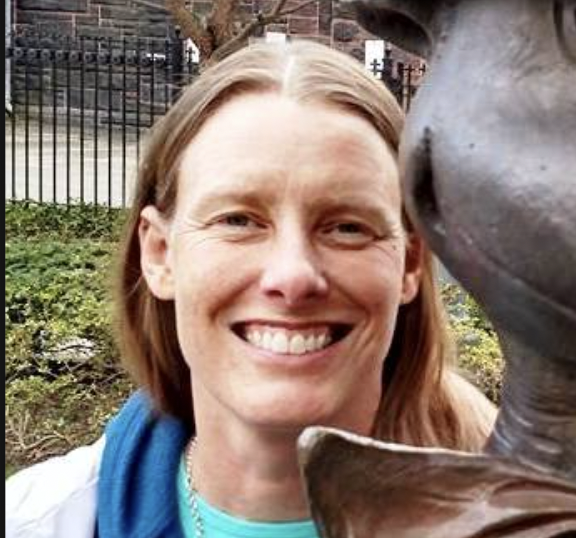
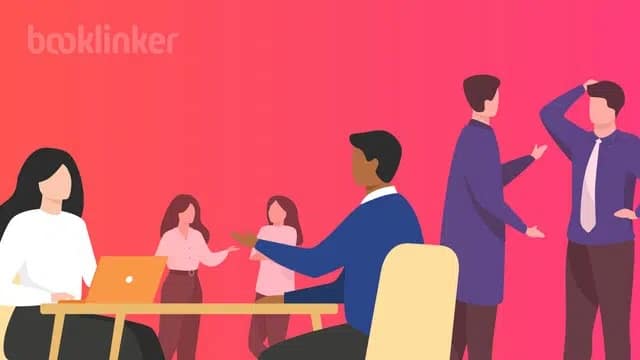

One Response
Thanks for the valuable info, and the warning, Chris since I have this flimsy idea of writing childrens books! As for New Mexico, I lived in Taos for some time and remember the inspiration built into that beautiful country, especially exploring the canyons around Abiquiu on a motorcycle, and touring down around Silver City, gawking at the Great Array for the first time, almost running off the road!
Best to you,
Bert